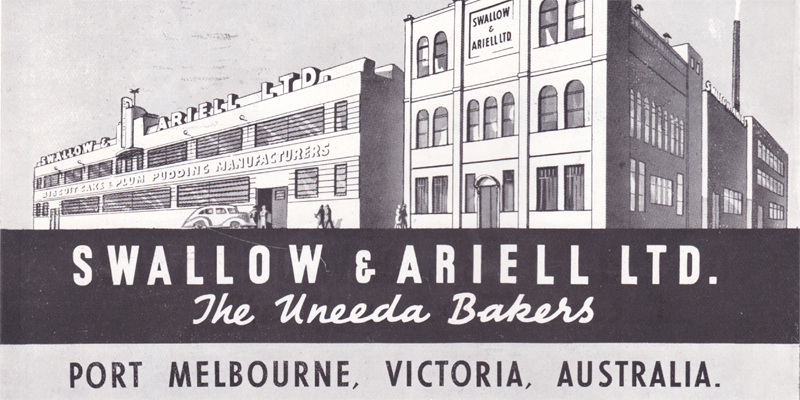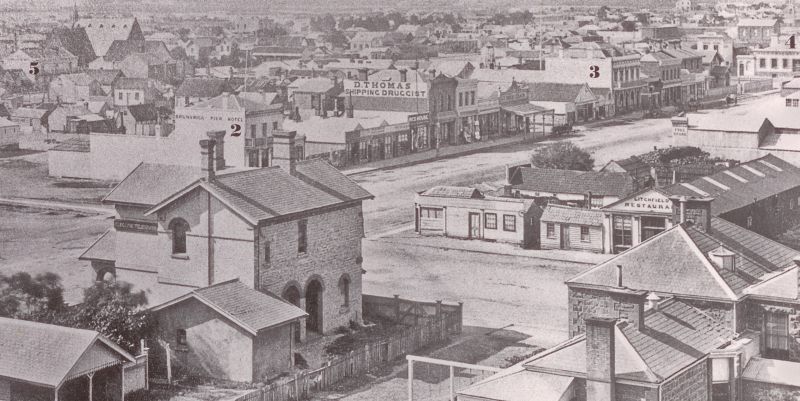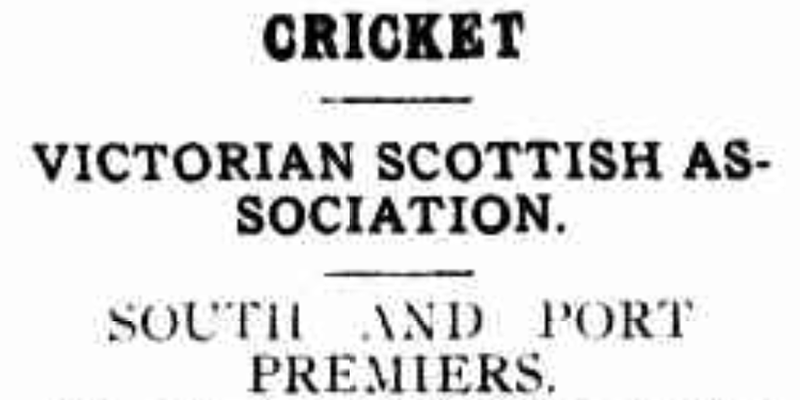William Cann’s Kitchen

Feeding the hungry children of Nott Street School in the 1930’s was a far cry from William Cann’s former life as a British soldier who had served in both the Zulu and Boer Wars. However, he did know what it was like to be hungry. Once in Afghanistan he was without food or water for four days. Arriving in Melbourne in 1907 and drawing on his pre-army skills, William set up a pram building business, known as London Prams, in Lalor Street, Port Melbourne.
William’s wife and seven children followed him to Australia in 1908 and they moved into 159 Ross Street, which was reputed to have previously been a guest house. A son, also called William, joined his father in manufacturing prams. As he was listed as an upholsterer, he may have been responsible for the woven cane pram body whilst his father made the iron frames and large wheels.
At the height of the Depression in the early 1930s, William began to provide meals for needy school children setting up “…a kind of cafeteria in a corner of his upholstery workshop in Lalor Street and every midday groups of the children would run in to be fed with sizzling pancakes and hot potato chips – free of charge.” While he cooked he told the children fairy stories. He even turned a blind eye if some of his own lunch of bread and cheese went missing when the children left.
Some three years later, the Council closed this ‘helping hand’ down, for hygiene reasons. William did not give up. He then set up a kitchen, hired a cook and continued to feed the children.
William died in May 1938.
The story of William Cann comes to the PMHPS from his great grandson, Geoff Lister.




1 Comments
Pat Grainger
Such a great story!
I found William Cann had first worked in a Port factory somewhere over the line, and assumed it was where he learned his pram-building skills before setting up his own Lalor Street workshop. (I cannot now find the name and location of that factory, which produced similar products.) But could he have developed the skills in England and the aforementioned factory was his own, first opened at his Ross Street address?